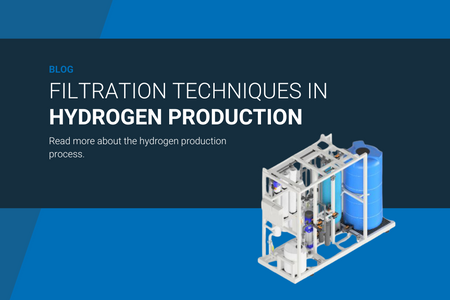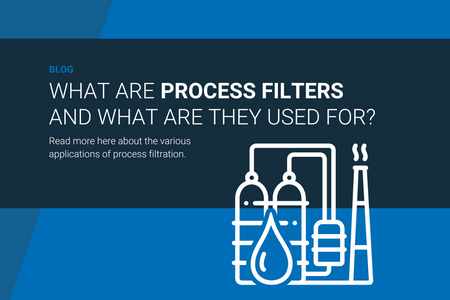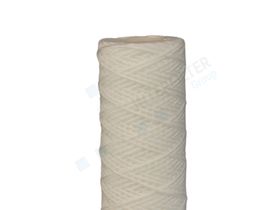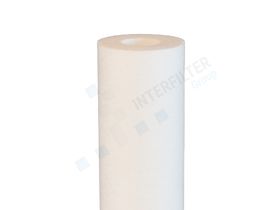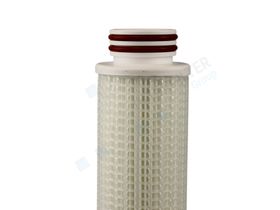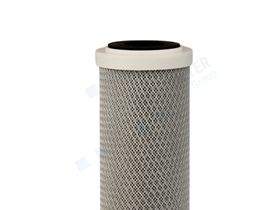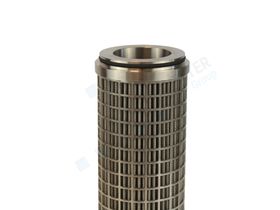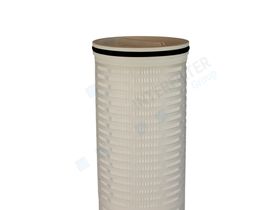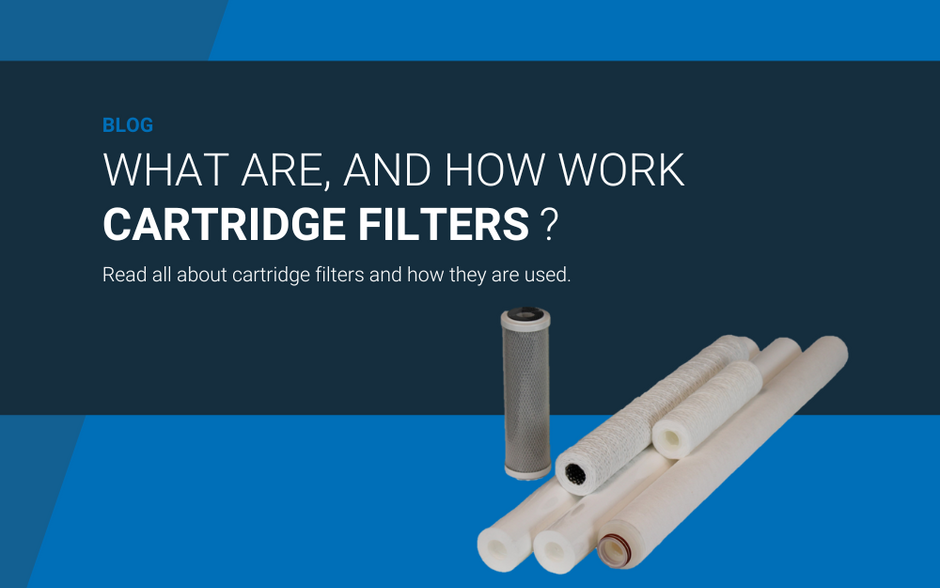
In industrial processes, reliable filtration of liquids is essential to ensure quality and protect equipment. But what makes candle filters so special, and why are they so important in different sectors? In this blog, we will delve deeper into the operation, applications, benefits, and selection criteria of candle filters.
What is a candle filter? 
A cartridge filter, also known as a candle filter, is a cylindrical filter element that removes impurities and particles from liquids. This process contributes to a cleaner end product and extends the lifespan of equipment. Whether it is the food, pharmaceutical, or chemical industry, candle filters can be a key element in the efficiency and safety of production processes.
How does a candle filter work?
The liquid flows through the filter element, capturing unwanted particles. Depending on the type of filter, solid particles, bacteria, chemicals, and other contaminants can be effectively removed. This not only ensures higher product quality but also reduces maintenance costs and prolongs the lifespan of machines.
Candle filters work based on depth filtration or surface filtration:
- Depth filtration: Contaminants are trapped in the pores of the filter material, increasing the filter capacity.
- Surface filtration: Particles are stopped on the surface of the filter material, which is especially effective in coarse filtration.
Candle filters in different industries
Candle filters are usually used in industries where higher filtration quality is required:
- Food industry: For removing bacteria, yeasts, unwanted particles, and microorganisms from liquids such as beverages and oils.
- Pharmaceutical industry: Ultra-pure filtration of liquids and gases, for example, in the production of medicines and vaccines.
- Chemical industry: Purification of solvents, oils, and other aggressive and chemically reactive substances, contributing to a more efficient and safer production process.
- Water treatment: To filter sediment, rust, bacteria, and other particles from drinking and process water.
- Oil and gas industry: Removing contaminants from fuels and lubricants.
The benefits of candle filters
Candle filters offer several advantages compared to other filtration methods:
- Large filter surface area: Ensures efficient filtration and a long service life.
- High efficiency: Effectively removes unwanted particles and contaminants.
- Low energy costs: The low resistance limits energy demand.
- Long lifespan: Made of durable materials for a longer service life.
- FDA approved: Suitable for applications in the food and pharmaceutical industries.
- Low resistance: Minimizes pressure drop and optimizes flow.
Our range of candle filters
At Interfilter, we supply different types of candle filters, each with unique properties that meet specific filtration needs:
- Wound candle filters: Consist of a spiral-wound fiber around a core. They offer high dirt holding capacity and are widely used in water filtration and chemical processes.
 Meltblown filters: Made of sprayed microfibers of thermoplastic material, such as polypropylene. These filters have a layered structure and are used in pharmaceutical and food industries.
Meltblown filters: Made of sprayed microfibers of thermoplastic material, such as polypropylene. These filters have a layered structure and are used in pharmaceutical and food industries. - Pleated filters: Have a large filter surface area due to their pleated structure, resulting in low pressure drop and longer lifespan. Suitable for high-flow applications.
- Membrane filters: Provide the finest filtration, up to 0.1 micron or even smaller, making them suitable for critical applications in the pharmaceutical, biotechnological, and electronics industries.
- High-flow filters: Designed for applications with high flow rates and low pressure drop, such as water purification and industrial processes.
An important distinction is that some filters are hydrophilic (water-attracting) and others are hydrophobic (water-repellent), depending on the specific application and the liquid to be filtered.
Common connections for candle filters
When installing candle filters, the correct connection is important to ensure a good seal and optimal operation. Some common connections include:
- DOE (Double Open End): Both ends of the filter are open, allowing the filter to be clamped in a filter housing with a compression system.
- SOE (Single Open End): One side of the filter is closed, often with a specific O-ring seal for a leak-free connection. Think, for example, of a 222 O-ring or a 226 O-ring with a Spear/Fin at the other end of the element.
- Bayonet connection: A quick and sturdy attachment, commonly used in pharmaceutical and high-purity applications.
- Threaded connections: Suitable for systems where simple replacement is required.
- Flange connection: For heavy industrial applications where a robust and secure connection is needed.

Housing of candle filters
The housing of a candle filter also contributes to the effectiveness and durability of the filtration system. At Interfilter, you can also find high-quality filter housings for candle filters.
Stainless steel filter housings
Stainless steel filter housings are resistant to high temperatures and corrosive liquids and are widely used in the chemical and pharmaceutical industries. We supply both single and multiple stainless steel filter housings, depending on the desired capacity.
Plastic filter housings
In many cases, plastic filter housings are an excellent choice for applications with less aggressive liquids and lower temperatures. We offer filter housings made of PVC, PP, and PTFE, among others. Additionally, some fluids have a very strong effect on stainless steel and not on, for example, PP, which is why plastic is used.
Candle filters vs. other filtration techniques
Compared to, for example, bag filters and membrane filters, candle filters have a greater dirt holding capacity, higher flow rates, are more durable, and require less maintenance.
How to choose the right candle filter?
The choice of the right candle filter depends on factors such as:
- The characteristics of the liquid and contaminants.
- The desired filtration accuracy.
- Process conditions such as temperature and pressure.
- Compatibility with existing systems.
Maintenance and replacement of your candle filter
To ensure optimal performance of candle filters, regular maintenance is important:
- Timely inspection and cleaning prevent clogging.
- Correct installation helps minimize leaks.
The lifespan of a candle filter depends on the application and the degree of contamination of the liquid to be filtered. Filters are usually replaced based on pressure differences (pressure drop) and the decrease in filtration performance.
Another important aspect is the service life of a filter, or the time it functions optimally before becoming saturated. Regular maintenance and timely replacement are essential to ensure filtration efficiency and product quality.
More information or advice on candle filters?
Our specialists are happy to help you find the right filtration solution. Do you want to know which candle filter is best suited to your application? Feel free to contact me, or one of my colleagues, for personal advice.
 EN
EN
 NL
NL PL
PL 



